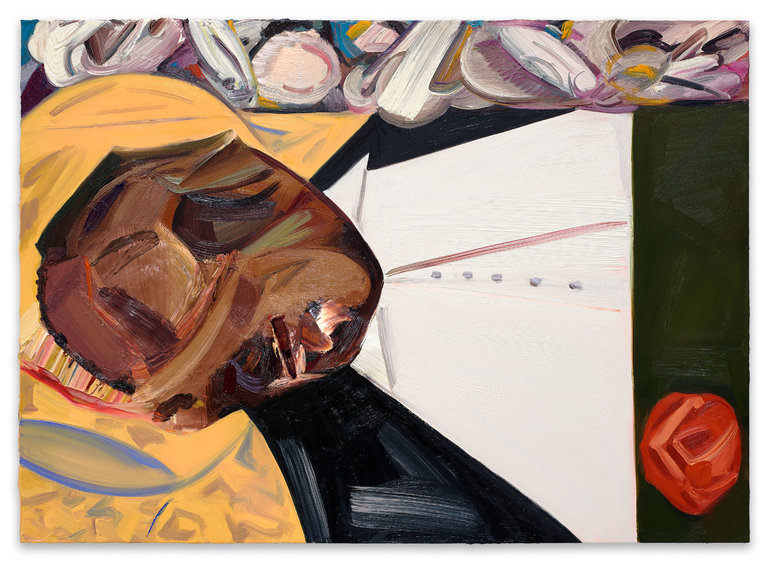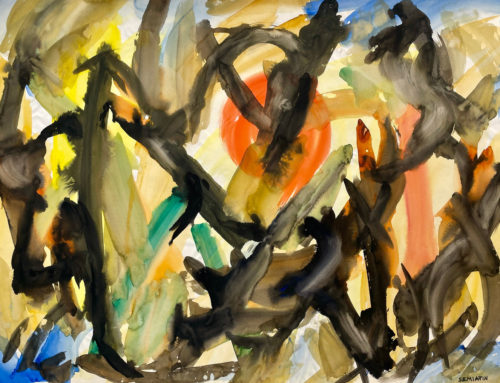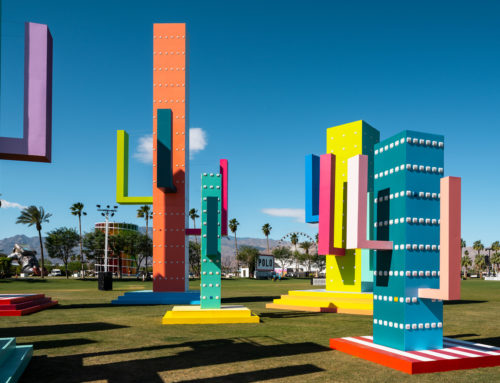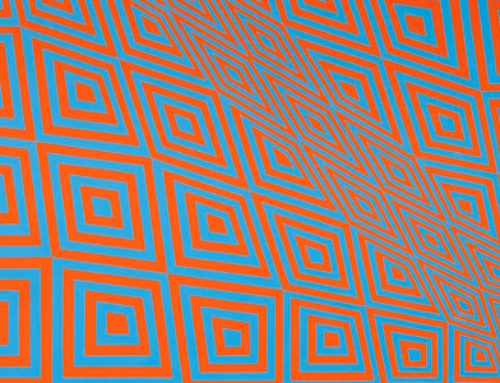As racial tension reaches a fever pitch across the United States, artists and institutions find themselves in the thick of the controversy.
In at least two instances this year, major art institutions removed the work of artists that protesters claimed was insensitive to their communities and cracked open a fresh debate about art, censorship, and social change — the topic of CDAC’s free monthly arts salon Sept. 22, from 5:30 to 7 p.m., at Heather James Fine Art in Palm Desert. Click to RSVP
The gallery’s curator, Chip Tom, and CDAC’s Steven Biller will discuss recent controversies — including Dana Schutz, whose painting Open Casket, was jettisoned from the Whitney Biennial, and Sam Durant, whose sculptural installation Scaffold was destroyed and removed from the Minneapolis Sculpture Garden — as well as artists such as Ai Weiwei who dedicate their work to the of freedom of expression.
Tom will also put the issue in context with his recent visit to Cape Town, South Africa, where he attended the opening of Zeitz MOCAA, the new contemporary museum, and then welcome guests into a conversation about artists as activists and instigators of political and social change.
The uproar over the artworks by Schutz and Durant will likely resonate in art history.
Open Casket depicts the body of Emmett Till, the 14-year-old African-American who was famously lynched in 1955 after offending a white woman in a Mississippi grocery store. It raised the question of whether a white artist should take inspiration from black suffering. It also triggered a pre-emptive protest that was unsuccessful in shuttering her current exhibition (which omits Open Casket) at the Institute of Contemporary Art in Boston. “Schutz’s painting is a lightning rod for race relations in our tragically riven time,” Claire Barliant of Vice wrote.

Sam Durant’s Scaffold at Minneapolis Sculpture Park. Photo credit: Rosa Maria Ruehling/samdurant.net
Scaffold — which replicated the design of historic gallows where U.S. government-sanctioned executions included the hanging of 38 Dakota soldiers in Mankato (the largest mass execution in U.S. history) — was intended to comment on capital punishment and U.S. colonialism. The region’s Native American community was appalled and responded with protest and education: A number of Dakota started the six-week U.S.-Dakota War after being forced onto reservations, cheated out of money, and starved. About 600 white settlers and soldiers and 100 Dakota warriors were killed. Durant, who is white, met with Dakota elders and museum officials and agreed to remove the sculpture and sign over intellectual rights to the Dakota people, who plan to bury it. Read Hyperalleric’s report
No artist pierces the news quite like Ai Weiwei. The Chinese dissident’s wildly unorthodox and politically charged installations take aim at governments that violate human rights and suppress free speech and expression. To execute some of his most audacious and provocative works, the artist has:
* enlisted 1,600 Chinese artisans to paint 100 million porcelain “seeds” for his 2010 Tate Modern installation Sunflower Seeds to comment on mass production of goods and the loss of individuality
* gathered names of students killed in the poorly built schools that collapsed in the 2008 Sichuan Province earthquake and commemorated their lives in a monumental wall of 5,33 backpacks at Harvard in 2011.
* created Forever Bicycles, a series of installations consisting of up to 2,000 stainless steel bicycles, to represent freedom and movement, punctuating the loss of personal identity amid relentless traffic and mass production. These appeared in several locations, including the 2014 Venice Biennale.
Palm Springs Art Museum quietly removed one of his sculptural works from an exhibition in 2013 when Chinese President Xi Jinping visited for a summit at Sunnylands Center & Gardens in Rancho Mirage.
Tom, who splits his time between Palm Desert and L.A., has worked with numerous museums, from Centre D’Art Contemporain in Geneva, Switzerland, to Pacific Asia Museum in Pasadena. As a curator, he says he “seeks to break down barriers and categories and create dialogues.” He and Biller, an art writer and CDAC’s development director, co-curated Shooting the Life Fantastic, an exhibition of photo-based art by Carlos Betancourt, Martin Denker, and David LaChappelle.
Click to RSVP for the Sept. 22 arts salon.
PHOTO (t0p): Dana Schutz’s controversial painting Open Casket was removed from this year’s Whitney Biennial.

In 2009, Ai Weiwei created an installation of 9,000 children’s backpacks on the facade of the Haus der Kunst in Munich, Germany. Each backpack represents a life lost in the earthquake that took place in the Chinese province of Sichuan in 2008. The text translates to “For seven years she lived happily on this earth.”







